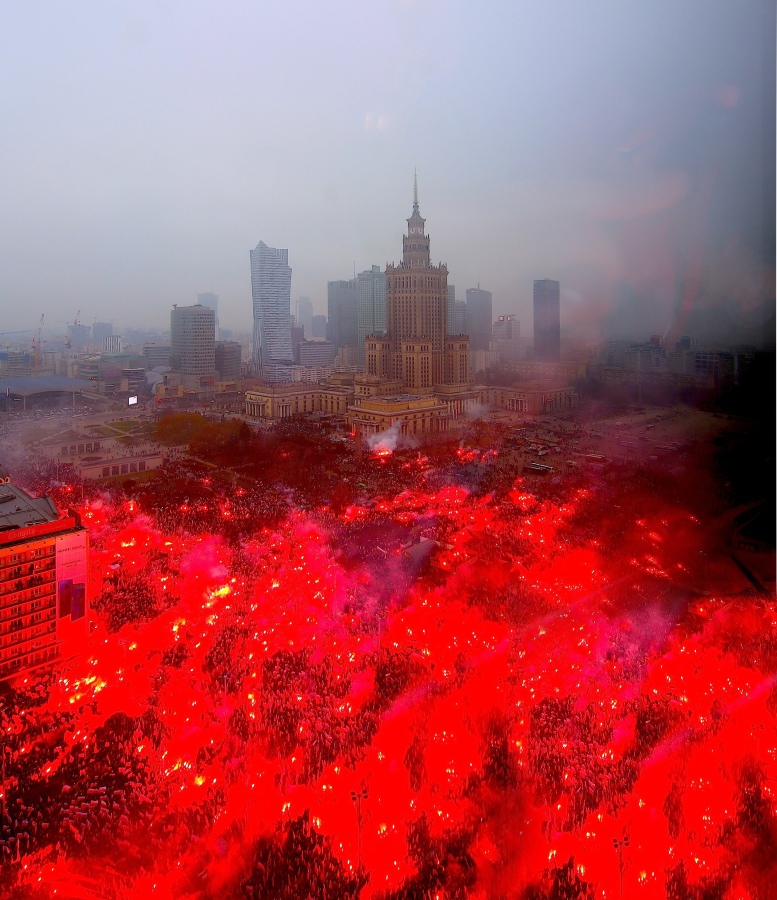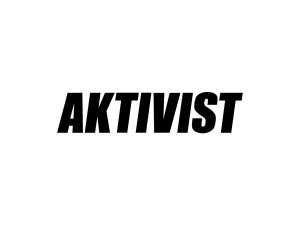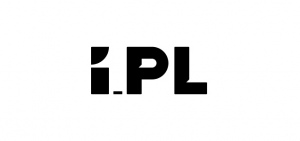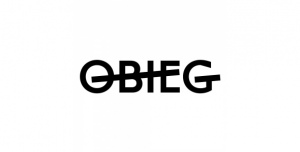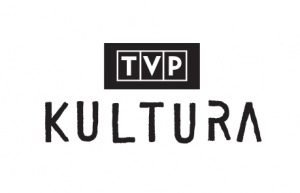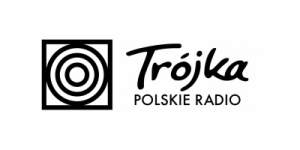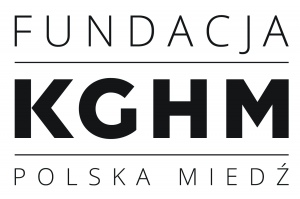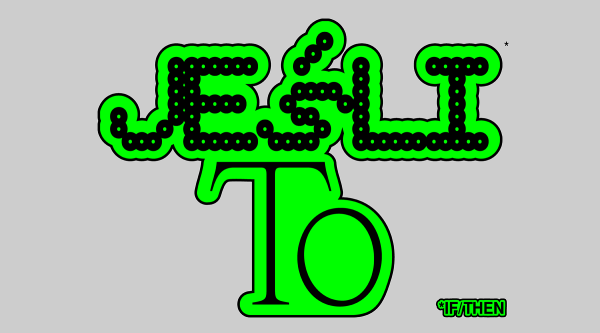Jan Bortkiewicz
Weather Report
Jan Bortkiewicz was born on 14 June 1945 in Vilnius. According to a report by the People's Commissioner for Home Affairs of the USSR, Lavrentiy Beria, sent to Stalin three days later, 25 thousand Polish citizens were held in NKVD camps and prisons at that time. (Except for approx. 1.5 thousand Volksdeutsche, these were soldiers and activists of the Polish patriotic underground and those supporting them). Beria and Stalin no longer saw the citizens of Vilnius and inhabitants of the entire eastern part of the Second Polish Republic, seized by Stalin in 1939 in accordance with the agreement with Hitler, as Polish citizens, but rather the property of their eastern “rescuers.” Some were allowed to “repatriate” to parts of the country shifted to the west.
Like many other “repatriates” the young Jan Bortkiewicz from Vilnius first moved to Toruń, and from there, to Wrocław. At the time of his birth, Festung Breslau, following a several months-long siege (it surrendered on 6 May 1945 four days after Berlin) was left in ruins. Someone calculated that there was 18 million cubic meters of rubble. Of course, this was just the reality of that time, not only in Wrocław, but also many other towns and cities within Poland’s new borders, and especially Warsaw. Debris – this was the life of millions of people who survived the war, their loved ones – killed, their homelands – lost forever.
A new life emerges from the rubble. The houses can be rebuilt, and the structures of a new tower of Babel can be erected – for example, the Joseph Stalin Palace of Culture and Science, or the Brave New World.
In October 1949, Aldous Huxley – the author of the latter, published under this title before WWII – congratulated his colleague, George Orwell, on his newly released anti-utopia: 1984. In it, Orwell described a world of terror and propaganda, for which a starting point was the brutal reality shaped by Stalin and experienced, among others, during Bortkiewicz's childhood, both in Wrocław and Vilnius – everywhere, under the triumphant red banner. Meanwhile, Huxley was convinced that the future would see a different kind of utopia, fashioned from the rubble of the old world not by state terror with its shackles and prisons, but by the ubiquitous system of conditioning and hypnotizing people with happiness, so that they would eventually come to love their enslavement.
I guess Bortkiewicz was yet to learn this, when – following graduation and three years of military service on submarines, including the ORP Vulture (the twin of the legendary Eagle revamped by the Soviets) – he began pursuing his passion for photography in the late 1960s. Perhaps he didn’t yet know this, but he saw it in his own way.
One of the first examples of how Bortkiewicz saw things was his 1973 series, Gra w Czerwone [Playing Red]. The author intended to submit the set – consisting of 28 black-and-white photographs with additional red accents – to a competition, but was denied entry. Bortkiewicz recalls this as follows:
“I have always been aware of the fact that I do not live in a normal, free, democratic country. I knew that the most important thing was to know the right people. Still, I did not expect that my work would be rejected from the competition for political reasons. Years passed; social unrest flourished. August 1980 came around. The first attempt to officially exhibit my work, by the head of the Wrocław University of Technology Club, was unsuccessful. As was the next one – the head of the Club banned the presentation of the series. August 1980 came and went; the Berlin Wall fell. We are now part of other military structures, Poland is a member of the European Union, we live in a free, democratic country. But the presence of the colour red has not faded, on the contrary – there is more and more of it. Although it is seventh in the hierarchy of colours, it has always been the most important. The epitome of all colours. In prehistoric times, people dyed red the objects they wished to revive. In ancient China, red tapes were used as talismans. Roman chiefs celebrated their victories by painting their faces red. The colour of pulsating blood, the wounds, and passion of Christ, fire, action, desire. The symbol of heated, passionate feelings. The Hindu Mother Goddess… The first colour that babies can see, a colour that affects our subconscious. A colour that is shamelessly used in propaganda and to advertise terror, but is slowly fading in olive altar lamps…”
Today, although half a century has passed since the creation of “Playing Red”, it is difficult to add anything to that statement. Of course, it is half a century of living, new experiences, delusions and disappointments, meeting other people and colours other than red. Faces, objects, movement and stillness, changes and continuity. Permanence and the passing of individuals, cities, Poland, Europe, people in this world.
It’s all depicted in these photographs – often with a kind of irony, with a pinch of salt. Photographs that are sharp as needles piercing the balloons of subsequent ideologies and political correctness – the time-worn hammer and sickle, and the new, beautifully packaged, blue pill of happiness. Saint Nicholas, the Bishop, transformed into a pathetic clown – Santa Claus at a shopping centre event. Sticking out our tongues at the sacred symbols. Are those our true intentions? Is there another explanation for this? A compact, small guillotine, modelled after the original used during the French Revolution – is that amusing, or scary? The imperial centre of Europe reduced to the (actual?) size of a postage stamp. These are just some examples of such piercing images.
Sometimes, although rarely, they depict tragedy. Black-and-white photographs can convey it with a particular strength. A dead eagle in the snow. A view of the Vistula River from a dam near Włocławek – a ditch where the body of Father Jerzy [Popiełuszka] was thrown in. But after all – and as I’ve already written about Bortkiewicz’s portrayals of the world – we are not living in lofty times. There's plenty of ridicule and mockery. Most people shrug, or even laugh, when reminded that some things can only ever be either black or white. There is no pathos in comedy: the weakness of those who wish to be serious has to be exposed. In this weakness, this ridicule, we can finally find reconciliation. The eagle gets up, dusts itself off, shakes hands with whomever shot it down, and together they go to the Europub. They walk lightly, they’re almost dancing – a colourful, tacky promise of eternal youth, the end of history, an unburdened lightness.
Still, Bortkiewicz’s photographs do not fall into the convention of comedy. They reveal the absurdity and horrors of a spiritual void. His “Prognoza pogody” [Weather Report] is not optimistic at all, even if at first glance it seems funny.
The colour red returns, lots of red again. On another invitation to the land of Hammer and Sickle (this time in Berlin: Einfahrt freihalten) or on a stand selling Red Army trinkets in a new European capital. This colour red takes on a disturbing shade of a rusty, German helmet, as if it’s emitting clots of sinister light. It is striking in an image of a playground taped off during the pandemic. It dominates the back of the mysterious heroine of the Nobel series. On 11 November 2018, it sets Warsaw – or rather its artificial heart implanted by Stalin, the Palace of Culture and Science – alight.
Is the author of all these photographs an arsonist? Or perhaps he’s just a lay-about, a deserter from the endless battle for the brave new world, like the one on an old poster by one of the Bortkiewicz’s heroes – Jan Tarasin? Or is he just a silent saboteur? He sticks his tongue out, mocks us, and makes us wonder (for example, in the bloody-blue kaleidoscope of a staircase, where some “unknown perpetrators” killed Stanisław Pyjas, and which now serves as an entrance to somewhere completely different). Is it confusing, frightening?
It has something to say to those wanting to understand. Those who only see a collage of cheerful photos of contemporary passers-by against the background of John Paul II, those who do not see the signs, but can still read and understand the meaning of sentences written in Polish – they can read the words purposefully highlighted by Bortkiewicz in his panorama. These are the words of a friend from Wrocław, the co-founder of Elita and Studio 202, a cabaret performer, but one with an important message to tell: Litania (1995). Read it carefully, and you better see the exhibition.
- Text
-
Andrzej Nowak
-
